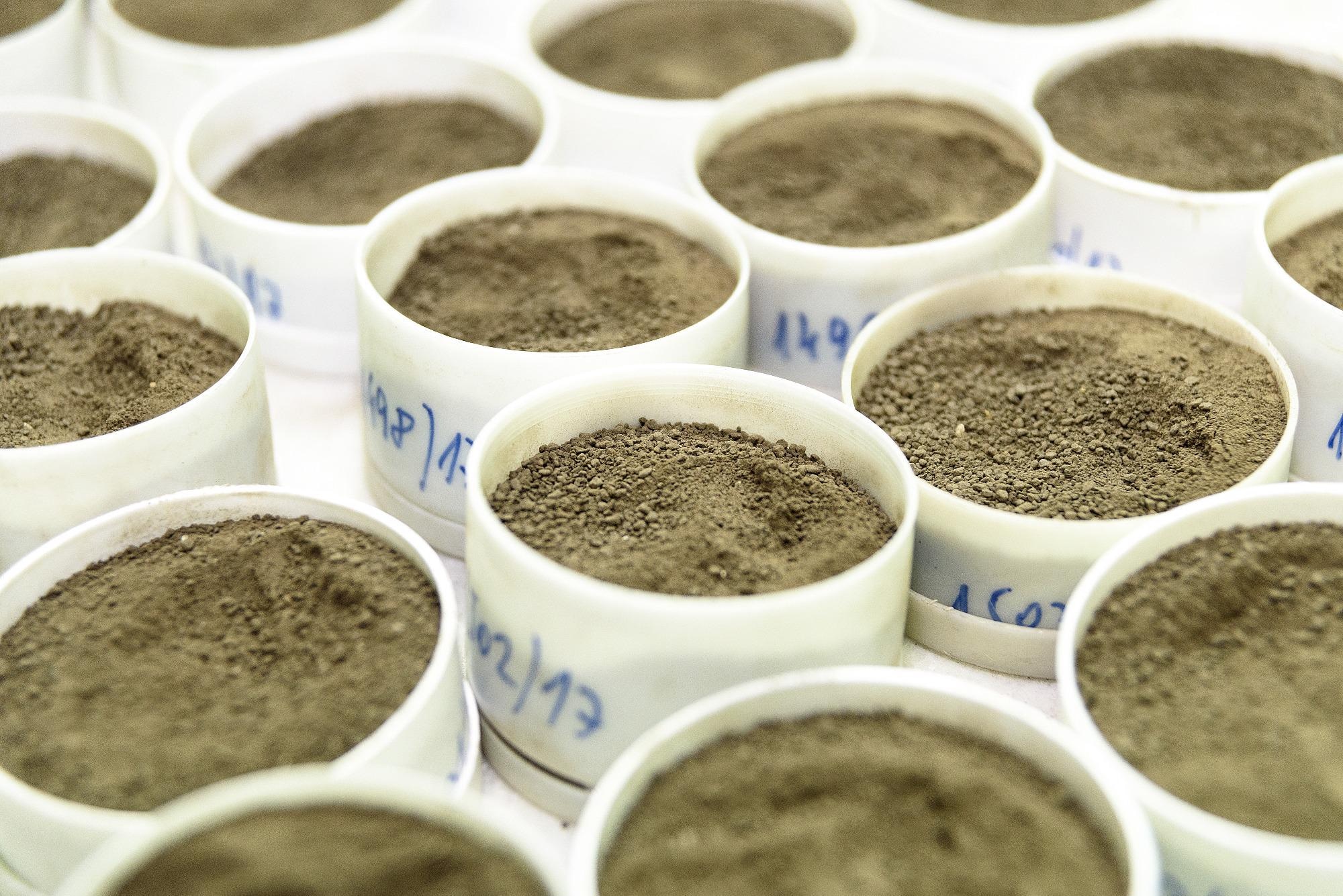Jun 11 2021
C2C Gold Corp., a Canadian mineral exploration company, has announced the initiation of its 2021 field exploration program across its elaborate land package located in the Central Newfoundland Gold Belt. Fieldwork will include two phases and is anticipated to last for seven months.

Image Credit: Shutterstock.com/Aleksandar Blanusa
At present, the Phase One program is ongoing and is targeted at new surface exploration methods, LIDAR and airborne geophysical surveys, rock sampling and GTProbe sampling. Phase One results will define high-priority targets for the Phase Two program, which will involve a focused drill program.
Exploration work will target the Badger, Millertown and Barrens Lake properties procured from prospector Shawn Ryan. Besides this, historical gold showings on C2C’s latest acquisitions, Jumpers Brook, Rocky Pond and Tom Joe, will be sampled and assessed.
C2C Gold has hired GroundTruth Exploration to carry out the soil sampling program. In the Phase One program, the locally-hired and trained soil sampling crew will gather more than 15,000 samples over targeted grids in the Badger, Millertown and Barrens Lake regions.
Soil grid sites are chosen based on structure, before rock lithology, till or soil sampling, and access. Geophysical surveys and soil sampling are crucial elements to address with limited rock exposure in the project regions. The findings will enable more accurate targeting of prospective drill targets through a better interpretation of the deep crustal structures, fold systems and splay faults underlying this region.
In parallel with the initiation of the Phase One field program, an intense strong surficial geology orientation survey will be carried out to define the till cover and gain a detailed regional structural geology interpretation.
C2C Gold — Newfoundland Properties
C2C Gold’s project areas cover over 1,160 km² along and between the RIL and the Valentine Lake shear zone located in the Central Gold Belt of Newfoundland. The prospective holdings of C2C Gold expand over 100 km along the Central Gold Belt — a northeast-trending structural zone that extends throughout Newfoundland.
Regionally extensive fault zones are essentially deep crustal sutures that localize fluid flow and deformation, and host orogenic-style gold-bearing quartz veins and stockwork zones.
Organizations, operating on active gold projects inside this belt and the wider Exploits Subzone, have observed the similarity in geological setting and character with the Bendigo-Fosterville gold deposits located in Australia and both the Abitibi greenstone belts located in Ontario and Quebec, Canada.
At the regional level, till and lake sediment sampling programs performed by the Newfoundland and Labrador Geological Survey outlined northeast-trending clusters of gold-in-till anomalies detected south of the RIL.
C2C Gold will focus on testing the association between anomalous gold-in-till samples and basic structural features displayed on historical geophysical surveys. A detailed program of deeper soil sampling over the most prospective regions will target potential buried gold mineralization. There are multiple gold-in-till anomalies across the C2C property holdings.
Newfoundland Projects—Regional Overview
Newfoundland was historically known to have a huge number of gold occurrences with comparatively little modern exploration. The previous production from the Hope Brook, Point Rousse and Nugget Pond projects has been typical of the island’s mines with comparatively modest production from high-grade deposits.
More recently, significant drill intersections, like those declared by New Found Gold Corp. and those contributing to the increasing resource at Marathon Gold Corp’s Valentine Deposit, have raised the status of the region to that of a premier gold exploration jurisdiction. Such continued positive outcomes have significantly increased the exploration activity, resulting in a modern-day gold rush throughout.